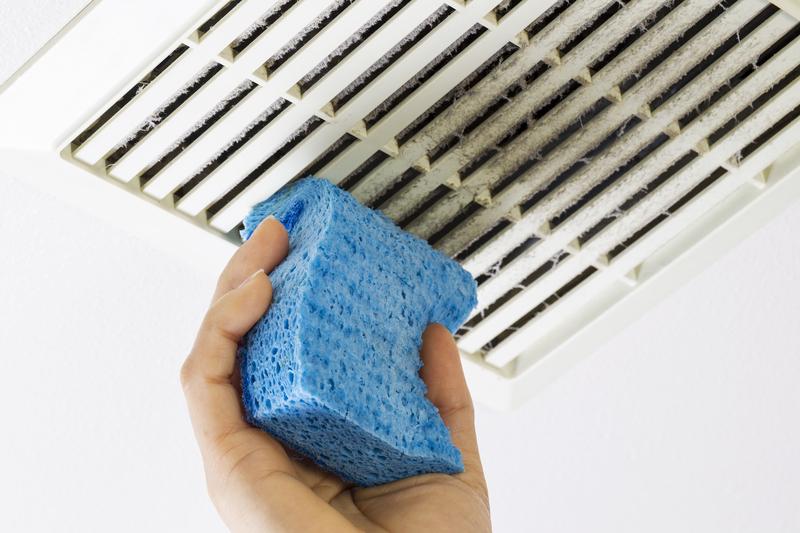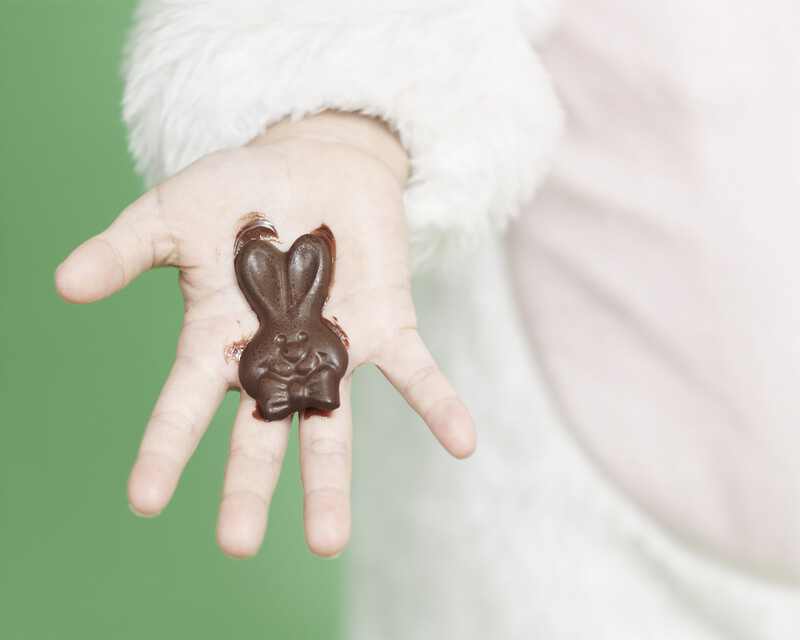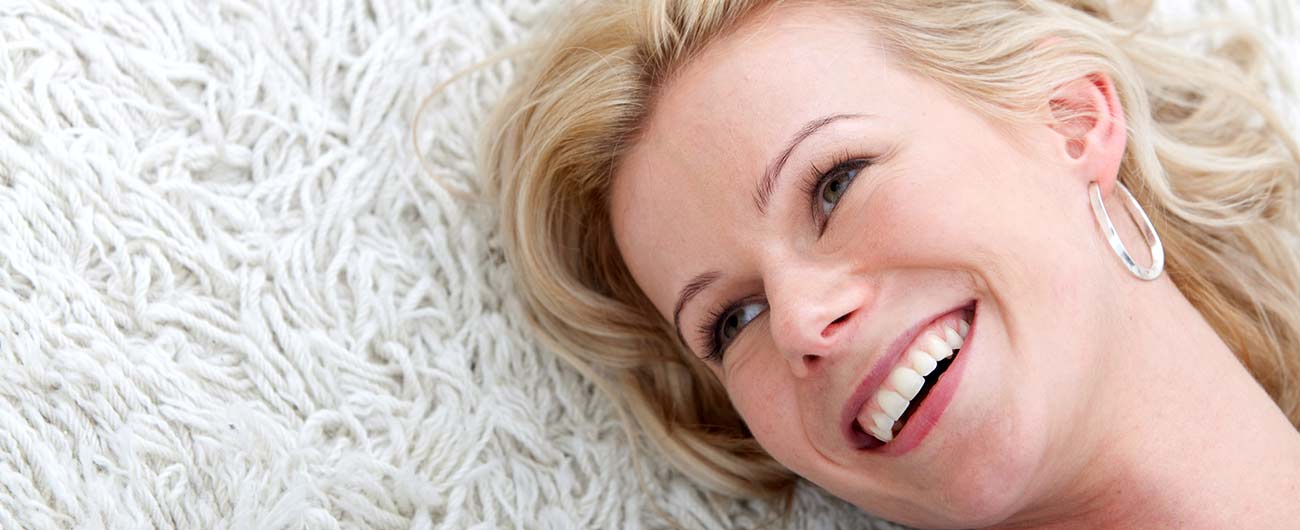Say Goodbye to Burnt-On Residue with These Stovetop Cleaning Tips
Posted on 24/06/2025
Is your stovetop looking less than its best, dotted with stubborn burnt-on residue that simply won't budge? You're not alone. Stovetop cleaning can be daunting, but with the right techniques, tools, and a little elbow grease, you can restore your cooking surface to its sparkling prime. In this comprehensive guide, we'll share top-notch stovetop cleaning tips, answer common questions, and help you banish that burnt-on residue for good.
Why Does Burnt-On Residue Happen?
Even the most careful cooks experience spillovers, splatters, and boil-overs, which can burn onto your stove's surface. Burnt-on residue is often a mixture of food, grease, and sugars that become carbonized when exposed to high heat. If not addressed quickly, they harden, making cleaning the stovetop much more challenging.

Essential Stovetop Cleaning Supplies
- Baking soda
- White vinegar
- Dish soap
- Scrub brush or non-abrasive scrubbing pad
- Microfiber cloths
- Plastic scraper or old credit card
- Razor blade (for glass stovetops only - use with caution)
- Spray bottle
- Warm water
- Gloves (optional for sensitive skin)
How to Clean Burnt-On Residue from Different Types of Stovetops
Not all stovetops are created alike. The best approach for degreasing and removing burnt-on residue depends largely on whether you have a gas, electric, or glass-ceramic stove. Let's break down each type and learn the safest, most effective ways to clean them.
Gas Stovetops
Gas stoves come with removable grates and burners, which often collect the most grime. Follow these steps to deep-clean:
- Remove grates and burner caps and soak them in hot, soapy water for at least 15-20 minutes.
- Sprinkle baking soda generously over burnt-on spots on the stove's surface. Spray with a solution of vinegar and water (equal parts) to create a fizzing reaction.
- Let the mixture sit for 10-15 minutes, breaking down the stuck-on debris.
- Use a non-abrasive scrubbing pad to gently scrub the residue. For really tough spots, use your plastic scraper at a low angle to lift the mess.
- Wipe clean with a microfiber cloth dampened with warm water. Repeat as needed until all residue is gone.
- Scrub the grates with a brush, rinse, dry, and return them to the stove.
Electric Coil Stovetops
Electric stoves can develop caked-on messes beneath the coils as well. Here's how to tackle them:
- Unplug the appliance and remove electric coils.
- Wipe down the coils with a damp cloth (never submerge them in water).
- Apply a thick paste of baking soda and water to burned spots on the drip pans and stove surface. Let it sit at least 15 minutes.
- Use a non-abrasive pad or an old toothbrush to scrub stains gently.
- Wipe everything with a clean, damp cloth, making sure no residue remains.
- Once fully dry, reassemble your stovetop.
Glass & Ceramic Stovetops
Glass-ceramic stoves look sleek but show every smudge and stain. Careful cleaning is key to avoiding scratches:
- Allow the stovetop to cool completely.
- Sprinkle baking soda liberally over burnt-on residue. Spray with vinegar and allow it to bubble for 5-10 minutes.
- Place a damp, warm microfiber towel over the area for 10-15 minutes to soften stuck-on stains.
- Gently scrape residue with a razor blade held at a shallow angle (never dig in or use force).
- Buff with a clean, dry microfiber cloth for a shiny finish.
Tip: For heavy-duty cases, repeat these steps as necessary or use a stovetop cleaning cream specifically labeled for glass surfaces.
Eco-Friendly and Homemade Stovetop Cleaner Options
Skip harsh chemicals! Natural ingredients can be just as effective for stovetop cleaning and are safer for you, your family, and the environment.
- Baking soda and vinegar: The fizzing reaction helps lift away baked-on grime.
- Lemon juice: Its acidity works wonders on greasy stains and leaves a fresh scent.
- Hydrogen peroxide: Team it with baking soda to power through extreme residue.
- Dish soap: Mix a few drops with hot water to break down oily splatters.
Combine these ingredients into cleaning pastes or sprays and use with a soft sponge for daily maintenance or tough cleaning jobs.
Step-by-Step: How to Remove Stubborn Stovetop Residue
Still struggling with a spot that won't budge? Here's a focused cleaning process for the most persistent stovetop stains:
- Cover affected areas with baking soda.
- Soak a microfiber or paper towel in hot water and place it over the baking soda. Allow it to sit for 15-20 minutes.
- Revisit the area and use a plastic scraper or non-abrasive pad to gently lift off the now-softened residue.
- Wipe the surface clean with a cloth dampened in white vinegar for added shine.
For extremely tough buildup, apply a mix of hydrogen peroxide and baking soda, and repeat the hot towel process for even better results.
How Often Should You Clean Your Stovetop?
Regular maintenance is key to preventing burnt-on residue from building up in the first place. Try the following schedule:
- Daily: Wipe down the stovetop after each use with a damp microfiber cloth.
- Weekly: Deep clean your stovetop with vinegar and baking soda, focusing on areas prone to splatters.
- Monthly: Remove grates, burners, or coils (where applicable) for a thorough soak and scrub.
This basic routine will help keep your cooker clean and prevent the nightmare of tackling hardened, cooked-on gunk.
Tips for Avoiding Stovetop Burnt-On Residue
Prevention can save a lot of future scrubbing. Protect your kitchen and make cleaning easier by following these habits:
- Clean spills immediately: As soon as it's safe to do so, wipe up any splashes before they harden.
- Use drip pans or liners: Consider stove covers or foil drip pans to catch spills.
- Cook at appropriate temperatures: Lower heat can prevent liquids from boiling over and burning onto your stove.
- Keep an eye on your cooking: Avoid running off while pots simmer or pans sear.
Frequently Asked Questions about Stovetop Cleaning
1. Can I use steel wool or abrasive pads on my stovetop?
No - abrasive materials can scratch the finish of most stovetops, especially glass-ceramic or enamel surfaces. Instead, use a non-abrasive pad or sponge for stuck-on food and stains.
2. Does bleach help with burnt-on stains?
Bleach is not recommended for stovetop cleaning. It can damage finishes and doesn't break down grease or burnt-on food effectively. Stick to vinegar, baking soda, and dish soap for best results.
3. What about commercial stovetop cleaners?
Certain commercial cleaners are designed for specific stovetop types and can be very effective. Always check the label for compatibility with your stove's surface and follow the manufacturer's instructions. Natural solutions are often just as effective and safer for indoor air quality.
4. How do I keep my burners from getting clogged?
For gas stoves, remove burners regularly and use a pin or needle to clear the small holes if they become blocked. Always ensure burners are completely dry before replacing them to avoid short-circuiting or uneven flames.

The Science Behind Burnt-On Residue Removal
What makes burnt residue so stubborn, and why do certain cleaning methods work better?
- Baking soda: A mild alkaline powder, it reacts with acidic burnt-on food to loosen bonds and acts as a gentle abrasive.
- Vinegar: Acetic acid in vinegar breaks down mineral deposits and softens greasy residues.
- Heat: Warm water or mild heat helps dissolve sugars and soften carbonized layers, making them easier to scrub away.
Together, these ingredients deliver a safe, effective assault on stubborn stovetop messes.
A Clean Stovetop: The Heart of a Happy Kitchen
Your stovetop is the centerpiece of your culinary adventures -- keeping it spotless not only makes your kitchen shine, it also improves your cooking experience and extends the life of your appliance. By using these stovetop cleaning tips and establishing a regular maintenance routine, you'll finally say goodbye to burned-on residue and enjoy a kitchen you can be proud of.
- Consistency is key -- a little daily attention prevents big cleaning headaches.
- Natural solutions are your best friend for safety and effectiveness.
- Proper tools (like scrapers and microfiber cloths) make cleaning efficient and scratch-free.
- Know your stovetop and use manufacturer-approved cleaners, especially for glass and ceramic surfaces.
Ready to enjoy a gleaming, grime-free stove? Use these easy, proven techniques and make burnt-on residue a thing of the past. Happy cleaning!
Say goodbye to burnt-on residue with these stovetop cleaning tips - your kitchen deserves it!




 Rug Cleaning
Rug Cleaning  Steam Carpet Cleaning London
Steam Carpet Cleaning London  Upholstery Cleaning Services
Upholstery Cleaning Services